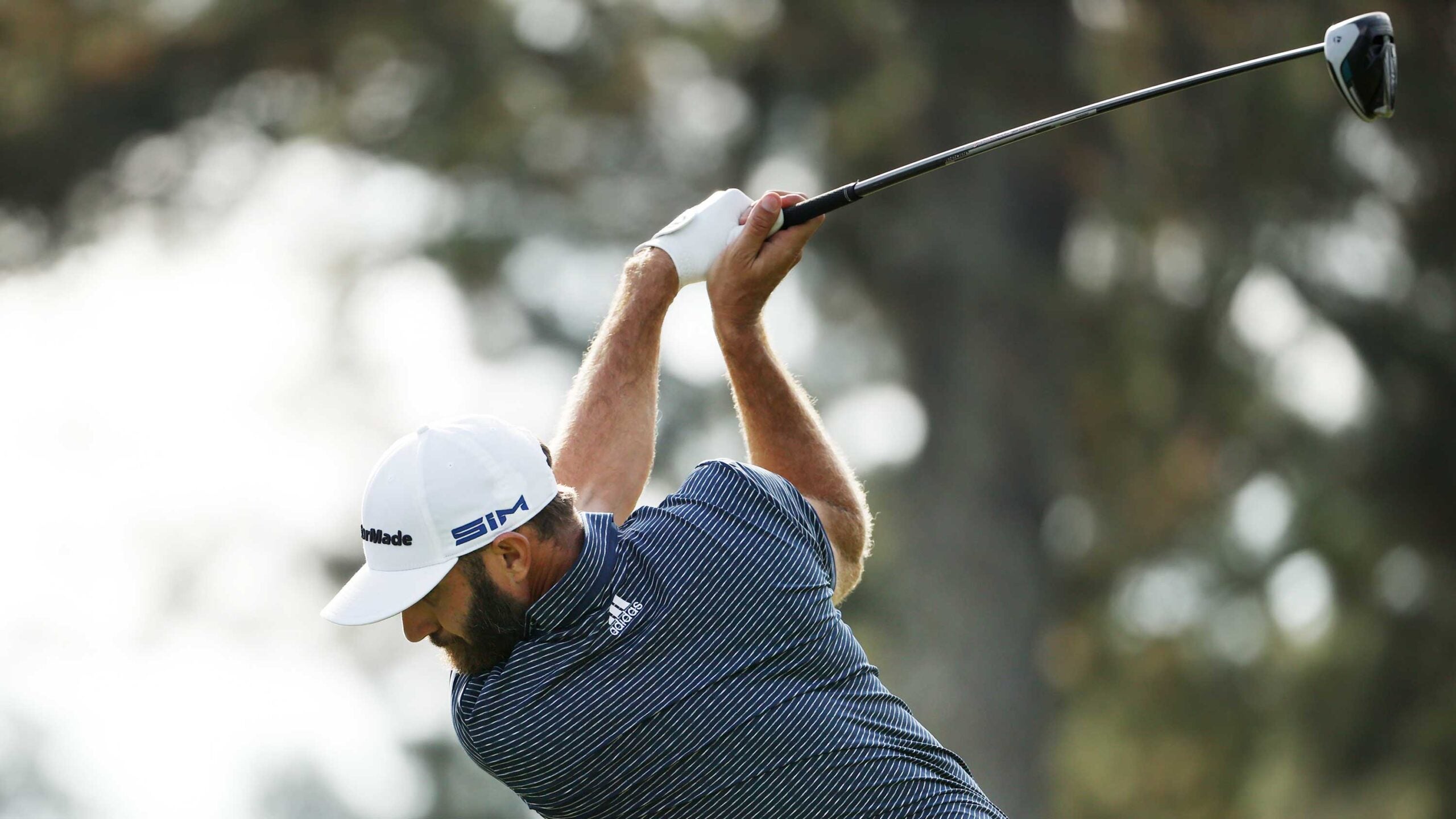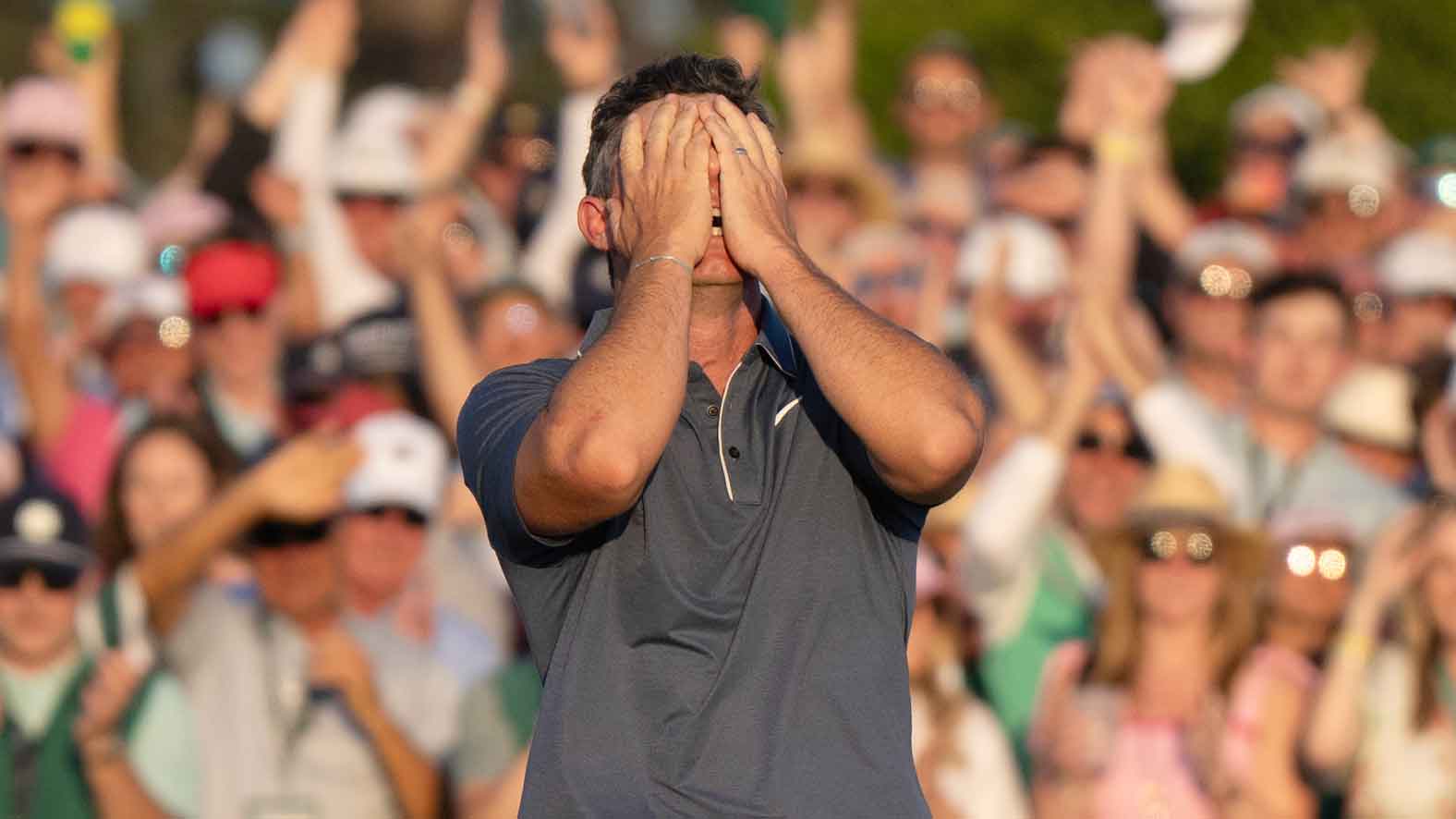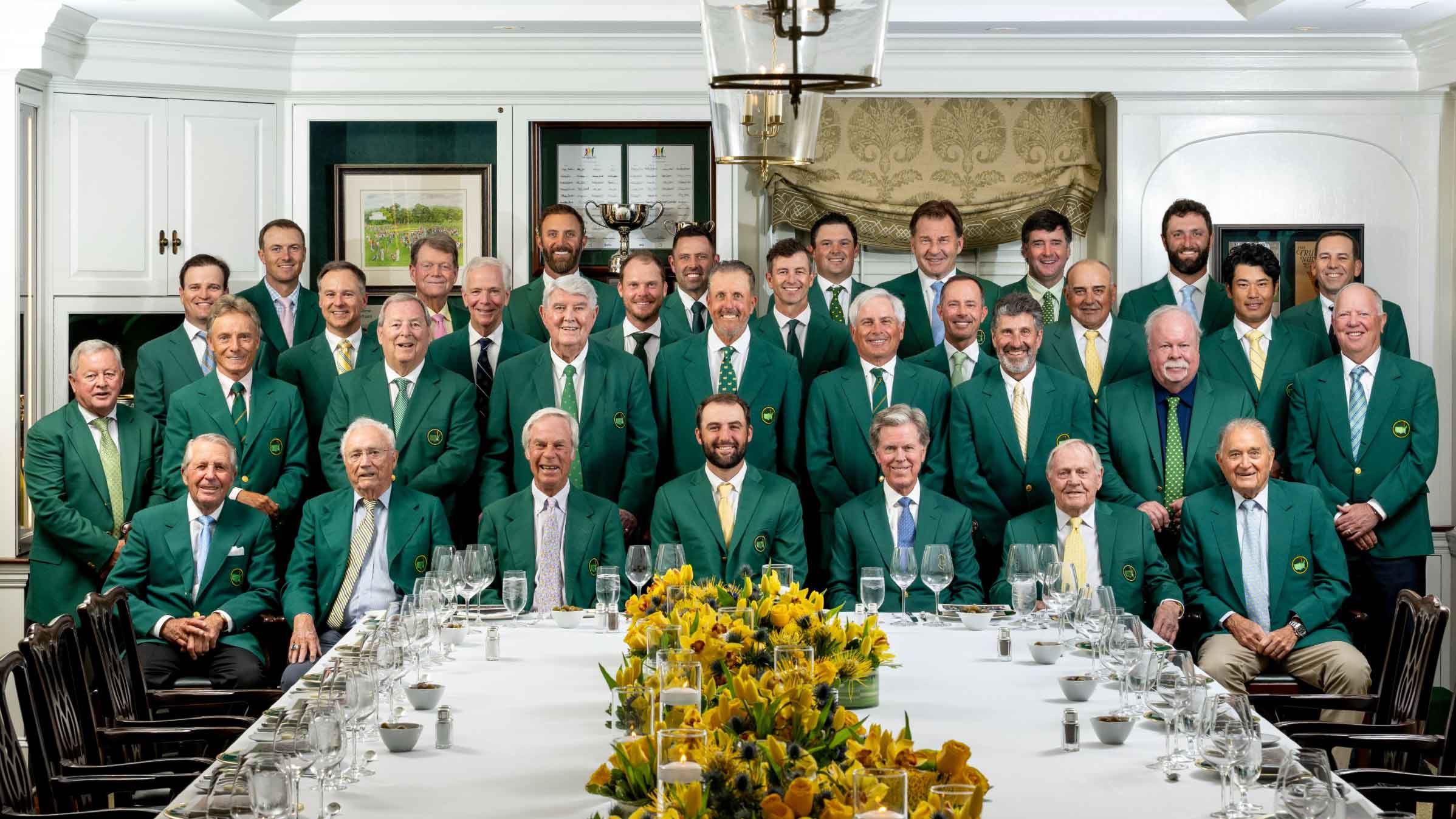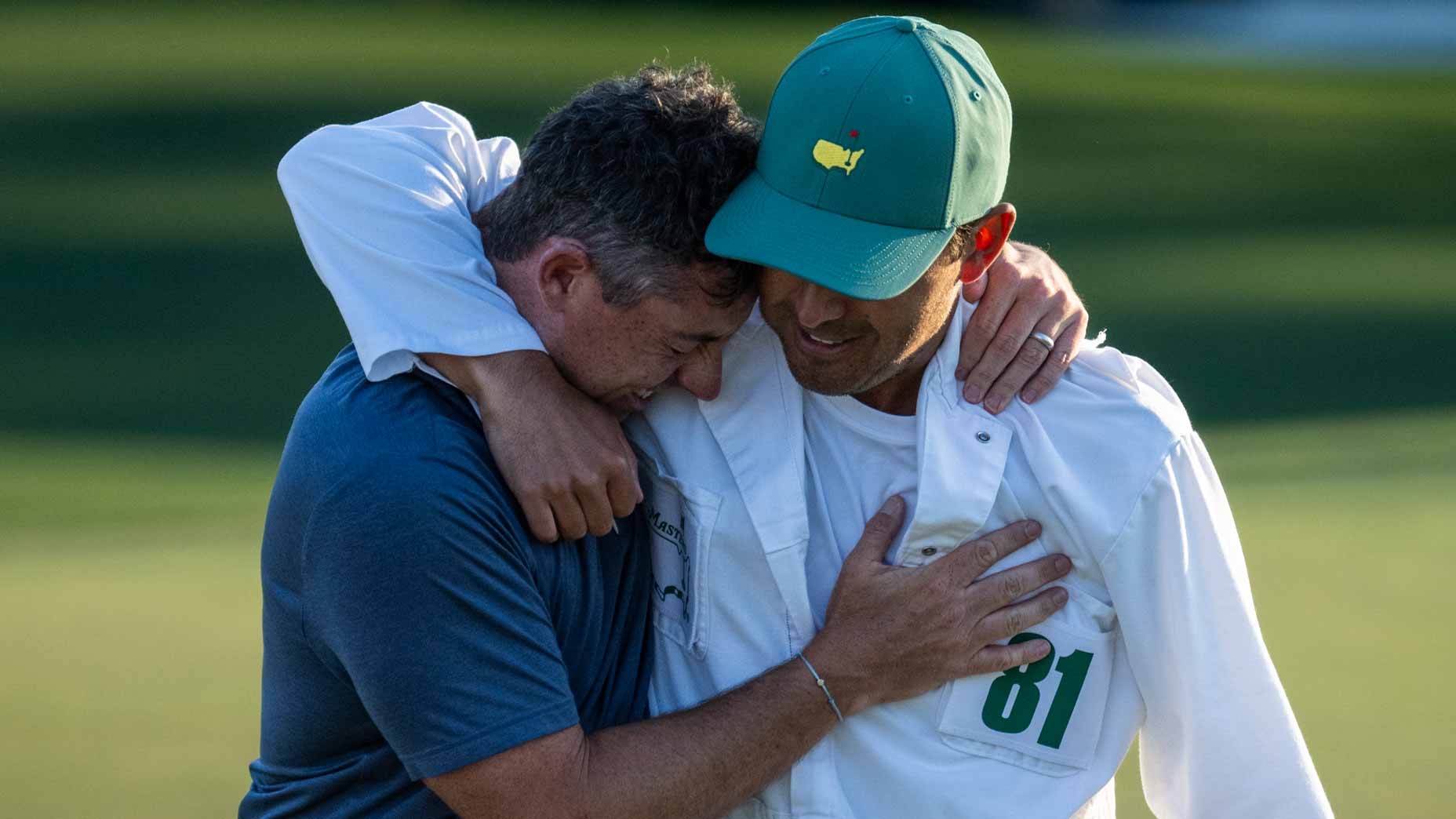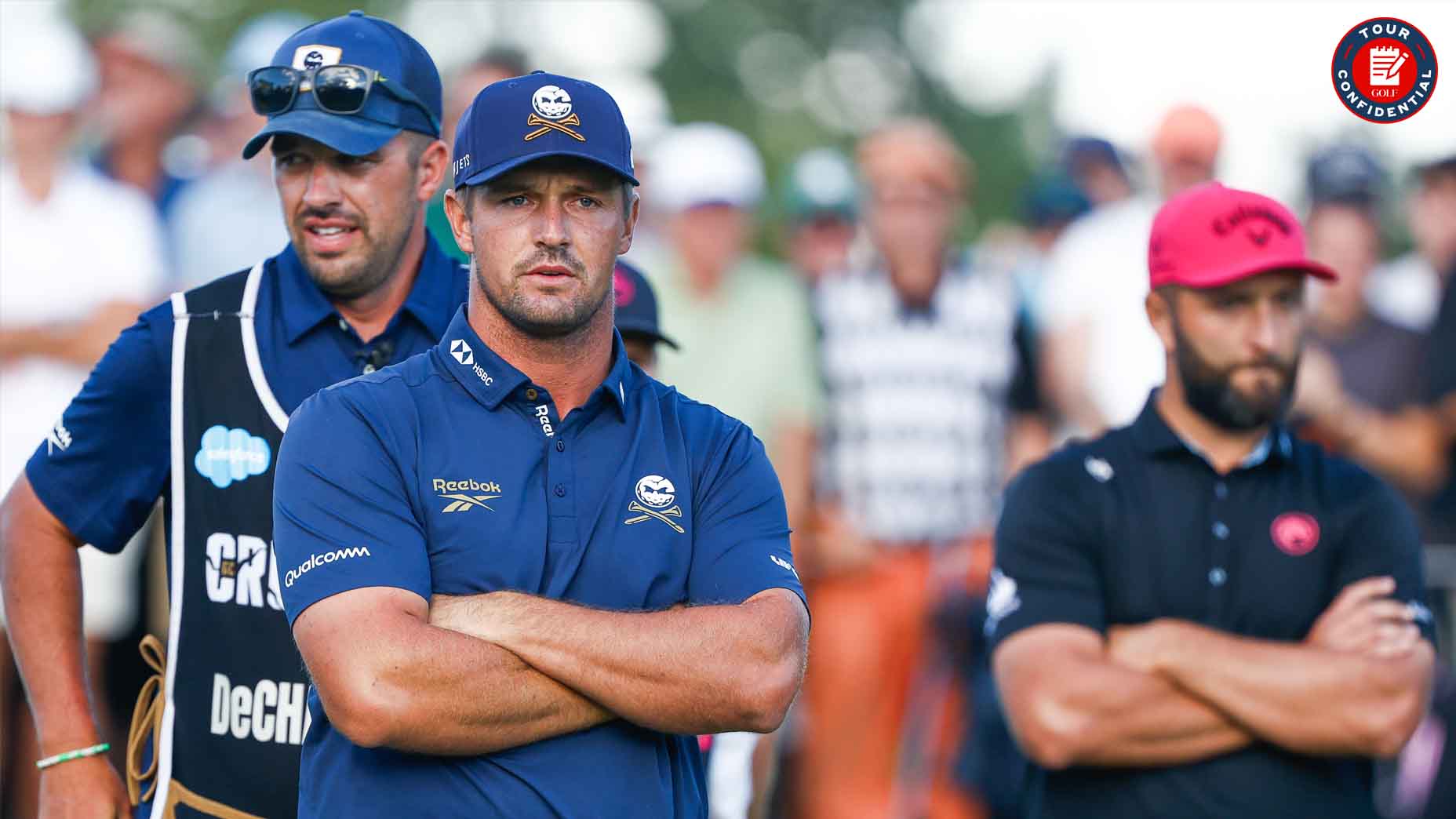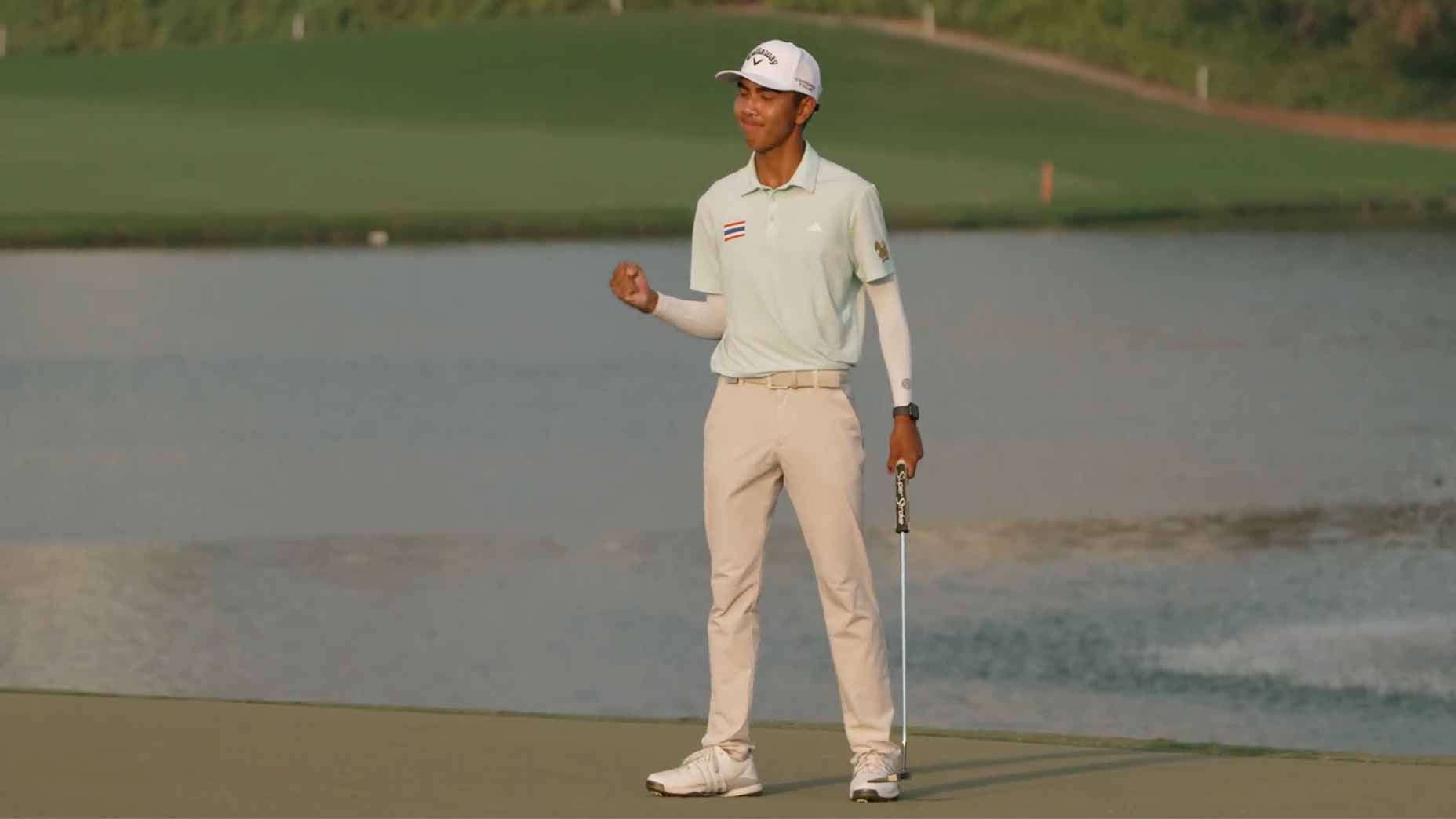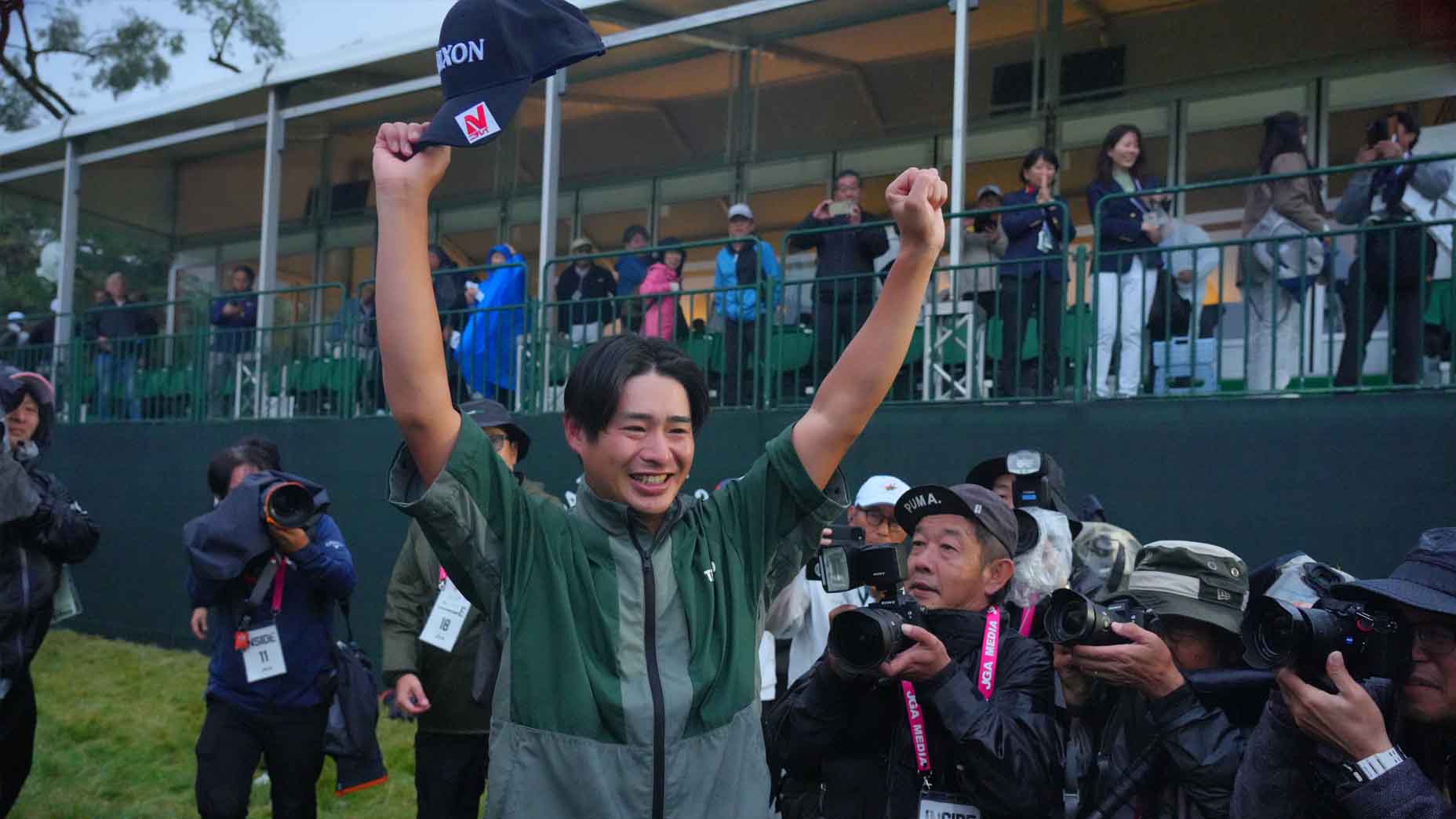Editor’s note: Welcome to the Money Game Mailbag, where we field all of your burning questions at the intersection of golf and, you guessed it, money! Have a query for us — on your personal (golf) finances, the economics of golf, or if jumbo winner’s checks are actually cashable — and our resident golf-and-finance whiz, Paul Sullivan, might just answer it in an upcoming column. Email your queries to him at moneymailbag@golf.com.
***
What’s the true value of a Masters win to the victor, in terms of exposure, branding, etc.? — Sam Jefferson, via Facebook
Any player who wound up winning the 84th Masters on Sunday — be it Cameron Smith or Sung-jae Im or the guy who actually did prevail, Dustin Johnson — would have walked away $2 million richer.
But the true value of a Masters title doesn’t end with the first-place check. And that value varies, contingent upon a player’s stature in the game, or more to the point, lack thereof.
In fact, if a lesser-known player like Smith and Im had won the green jacket, the accomplishment would ultimately be worth a lot more to their bottom lines than it would to an A-list player’s, like Johnson’s.
Why? Smith and Im are in the Masters branding sweet spot.
Smith has won twice on the PGA Tour and two more times internationally. He had a storied amateur career in Australia. And at 27, he’s already won close to $12 million. Im is a great story — until recently he had no home base in the U.S. and stayed at hotels as he traveled from event to event with his parents in tow. The South Korean phenom — he’s 22 but already in his fifth year as a pro — has won once on the PGA Tour and once internationally, with nearly $8 million in winnings.
What matters more to the brand boost, though, is their world golf rankings — 45th for Smith and 25th for Im — put them in a prime position to benefit from the marketing lift that a Masters victory delivers: somewhere in the vicinity of $15 million over the next two to three years, said the British agent Chubby Chandler, whose clients include Matt Wallace and Darren Clarke.
“Someone in the top 50 who wins the Masters will do really nicely out of it, particularly if they haven’t won a major before,” Chandler said.
The Evolution of Dustin Johnson: Inside the Masters champion’s steady ascentBy: Alan Shipnuck
That Cinderella story we all root for? Chandler said that player will do okay but won’t cash in the way an almost-famous golfer will: “That bottom player — sponsors wait to see if he carries on a bit.”
The Masters boost breaks down three ways. The first is via an equipment contract, which could easily triple in value for a top-50 player. The second are the non-golf endorsements that will come in, given the Masters champion — particularly in the year he can travel around the globe with his green jacket — is marketing gold for a company looking for something to differentiate it with clients and energize its employees.
The third area is a bit of a double-edged sword.
According to Chandler, a Masters winner’s appearance fees to play in tournaments in the Middle East and Asia could rise to $500,000 an event for five or six starts a year — a bump from roughly $50,000 for three appearances for a mid-tier player without a green jacket.
But that demand can also lead players to overcommit. Take Danny Willett, the surprise Masters winner in 2016 (although he was far better known in Europe at the time). After that year, he missed the cut in every ensuing Masters, until last Friday when he made it to the weekend with a solid seven-under total through two rounds. (He went on to finish at four under, in a tie for 25th.)
“The financial benefits are quite a bit and fruitful,” said John Muff, Willett’s manager. “He was the second Englishman to ever win it [after Nick Faldo]. It made him a worldwide name. It was massively beneficial from a branding point of view.”
Wall-to-Wall Equipment: Detailing the club that separated Dustin Johnson from his peers at AugustaBy: Jonathan Wall
In the years after winning, though, Willett increased his tournament schedule and wore down his body. “He had a lot of injuries that came about from playing a lot more events that he wouldn’t have played in had he not upped his schedule,” Muff said.
Even when Willett fell outside of the top 400 players in the world, two years after Jordan Spieth put the green jacket on him, Muff still put that picture of Willett smiling on 18th at the top of every marketing deck. “You’d always include it,” he said. “It’s the most famous jacket in golf. It’s iconic.”
As for the greats, like Johnson, well, major victories are expected: it’s already part of their brand. Sure, they, too, get a boost from the jacket, but it’s not as life-changing.
Ask Jack Nicklaus, who has six green jackets, the most of any player. When asked last week what those victories did for his career, he said: “Winning the Masters today is worth a lot financially and reputationally. Back when I won it for the first time, it meant a lot in the world of golf, but not a whole lot financially. It was part of my resume.”
But, he added, if there was one of the six that mattered most to his brand, it was the title he won in 1986, with the now-iconic MacGregor Response putter in his bag.
The company went on to sell nearly 400,000 of them.
Paul Sullivan writes the Money Game column for GOLF Magazine. Have a question for him? Drop him a line at moneymailbag@golf.com.

